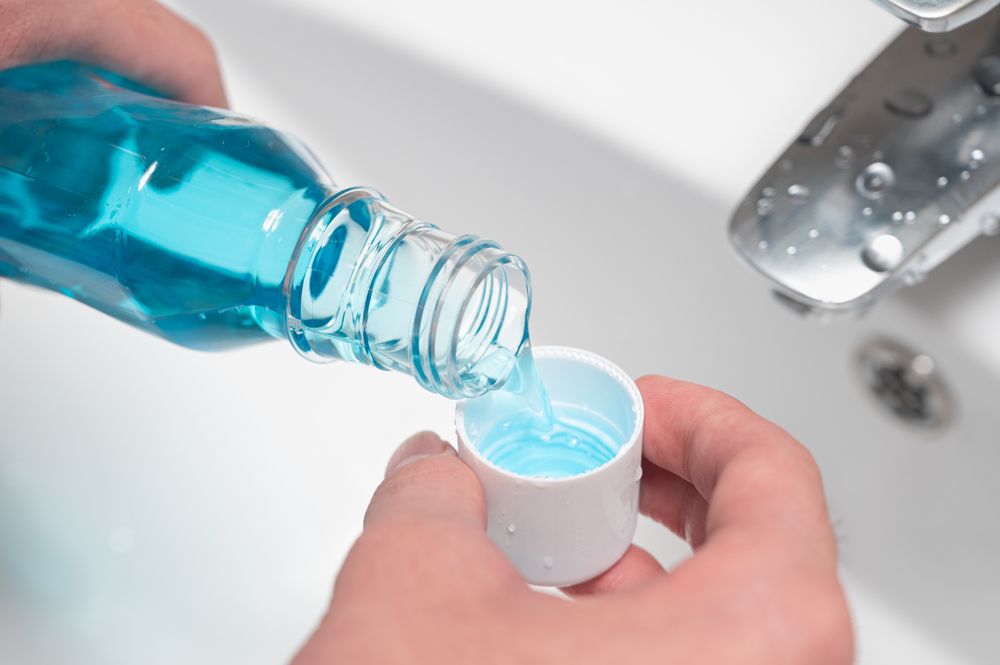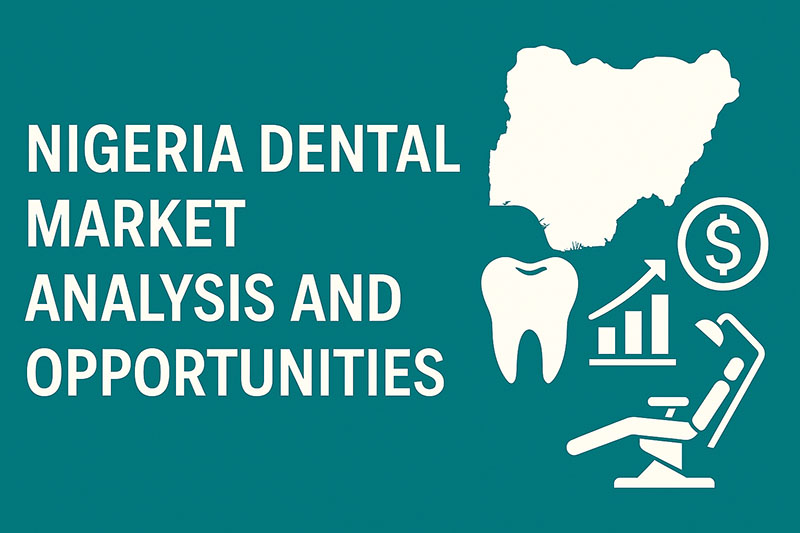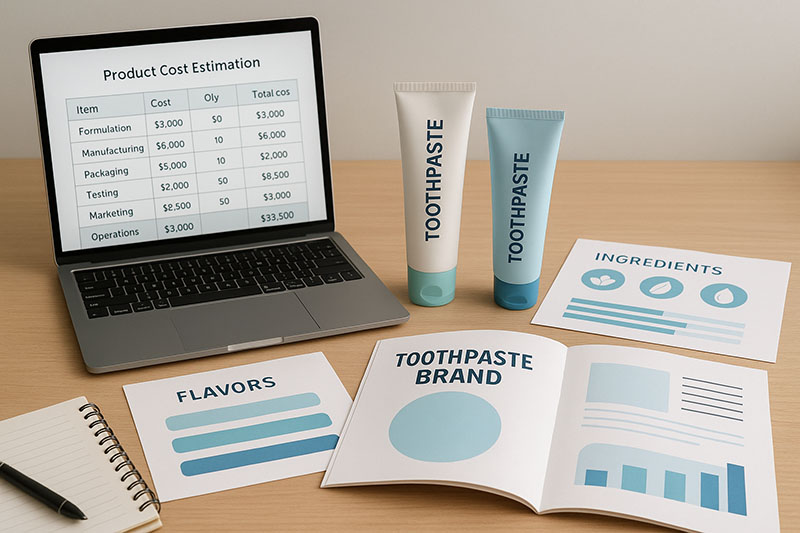How to Use Mouthwash Correctly – Expert Oral Care Tips

Why Mouthwash Matters
Mouthwash—also called mouth rinse—is more than just a breath freshener. When used correctly, it:
Kills harmful bacteria in hard-to-reach areas of the mouth, such as behind molars, under the tongue, and along the gumline .
Boosts cavity protection by adding fluoride to strengthen enamel .
Helps prevent plaque, gingivitis, and bad breath with antiseptic ingredients like menthol, eucalyptol, and cetylpyridinium chloride (CPC) .
Think of it as the finishing touch to your oral hygiene routine—not a replacement for brushing, flossing, or dental check-ups.
Choosing the Right Mouthwash
There are several types:
Therapeutic (antiseptic) – fights bacteria, plaque, and gingivitis.
Fluoride rinse – helps reduce cavities and strengthens enamel .
Alcohol-free options – ideal for people with dry mouth or sensitive gums .
Prescription mouthwash (e.g., chlorhexidine) – used after certain dental procedures.
Specialty rinses – for dry mouth (e.g., Biotène), post-oral surgery, medicated needs .
Select a rinse that targets your specific concerns—whether fresh breath, gum health, dry mouth, or cavity prevention.
When to Use Mouthwash: Timing Matters
Before or After Brushing?
Mayo Clinic recommends using mouthwash after brushing and flossing for maximum reach .
NHS (UK) advises not to rinse immediately after brushing to allow concentrated fluoride from toothpaste to stay on your teeth; instead, rinse at a different time of day .
American Dental Association (ADA) says the order is a matter of preference but emphasizes consistency .
Pro tip: Wait at least 30 minutes after brushing—especially with fluoride toothpaste—before rinsing with most mouthwashes .
Other Ideal Times to Rinse
Midday after meals to combat food particles and bad breath .
Before bed, to cleanse away the day’s buildup and protect overnight .
Step‑by‑Step: How to Use Mouthwash Properly
Brush and floss thoroughly – spend two minutes brushing all surfaces and flossing between each tooth .
Measure correctly – typically 15–20 mL or roughly 3–5 teaspoons .
Swish with intention – swish and gargle for 30–60 seconds, ensuring the rinse reaches all areas .
Spit—don’t swallow – mouthwash isn’t for ingestion .
Avoid water or food – wait at least 30 minutes post‑rinsing to let active ingredients take effect .
Special Situations & Variants
Using Mouthwash Without a Cup
If you’re on the go or don’t have a measuring cup:
Use a toothbrush cap or one-third full cap of rinse.
Travel packets or sprays (like Listerine PocketMist) are convenient .
Rinsing with Water Only
Not recommended right after brushing—dilutes fluoride and lessens benefits . Instead, “spit don’t rinse” your toothpaste, then rinse mid-day or after meals if needed.
Mouthwash After Wisdom Teeth Extraction or Tooth Extraction
Your dentist may prescribe an antibacterial mouthwash (chlorhexidine or povidone-iodine) to prevent infection. Use as directed—typically twice daily, swish gently, then spit .
Using Chlorhexidine
Prescription mouthwash like chlorhexidine gluconate should be used only for short periods to avoid staining and taste alteration. Common instructions are to rinse twice daily for 1–2 weeks .
Mouthwash for Dry Mouth (Biotène)
For dry mouth relief, antimicrobial-free formulas like Biotène recommend ~15 mL swished for 30 seconds, up to five times daily .
Common Missteps & How to Avoid Them
| Mistake | Why It’s a Problem | How to Fix It |
|---|---|---|
| Rinsing immediately after brushing | Washes away fluoride, reducing enamel protection | Wait 30+ minutes before using mouthwash |
| Over‑using mouthwash | Can disrupt oral microbiome, cause dry mouth or thrush | Use once or twice daily as directed |
| Using cosmetic-only rinse | Masks odor but doesn’t fight plaque or cavities | Choose a therapeutic, ADA-approved rinsing formula |
| Swallowing mouthwash | Alcohol and fluoride ingestion can be harmful | Spit it out—avoid drinking immediately afterward |
| Extended chlorhexidine use | Can stain teeth and alter taste | Follow medical advice and limit use duration |
Best Mouthwashes by Purpose
Fresh breath & plaque: Listerine Antiseptic (20 mL, 30 s rinse) .
Cavity protection: Fluoride rinses with 0.05% sodium fluoride.
Gum health: CPC or chlorhexidine formulas, short-term .
Dry mouth: Biotène Oral Rinse (15 mL, up to 5×/day) .
Integrating Mouthwash Into Your Daily Routine
Morning (optional): Rinse before brushing to remove overnight bacteria.
After brushing/flossing: Wait at least 30 minutes, then rinse with fluoride or antiseptic mouthwash.
Midday: Use a mini etiquette rinse post-lunch to freshen breath.
Before bed: One final rinse to block bacterial buildup overnight.
Special dental needs: Follow your dentist’s advice for prescription rinses post-procedure.
Try Lidercare Now!
We Help You Launch New Products, And Continue To Grow. Try Us With 20% Off Your First Order!
FAQs
Q: Can I swallow saliva after mouthwash?
A: Yes—spitting is fine, but avoid swallowing the rinse itself.
Q: Should I drink or eat soon after using mouthwash?
A: No—wait 30 minutes to ensure active ingredients work effectively .
Q: Is daily mouthwash necessary?
A: Not always. If your oral hygiene (brushing twice/day, flossing) is strong, mouthwash is a helpful supplement but not a requirement.
Q: What should I avoid in mouthwash?
A: Avoid excessive alcohol (can cause dryness), non-therapeutic cosmetic-only rinses, and overuse of medicated rinses .
Q: Is it better to use mouthwash before or after brushing?
A: Either is fine, but avoid using it immediately after brushing to maximize fluoride efficacy .
Extra Tips for Stellar Oral Care
Use interdental brushes or floss before brushing to clean between teeth .
Don’t rinse your mouth with water after brushing—spit only .
Wait 30 minutes after eating before brushing to preserve enamel .
Replace your toothbrush every 3–4 months or sooner if bristles fray .
Visit your dentist regularly and talk about mouthwash options tailored to your needs.
Q&A Section
Q1: How much mouthwash should I use?
A1: Between 15–20 mL (3–5 teaspoons). For dry‑mouth rinses, 15 mL up to five times daily .
Q2: Can I use mouthwash after wisdom teeth removal?
A2: Use only prescription antimicrobial rinses as advised by your dentist to prevent infection .
Q3: Will mouthwash help with dry mouth symptoms?
A3: Yes—use specialized products like Biotène that can be used up to five times a day .
Q4: How long should I swish?
A4: Swish and gargle for at least 30 seconds, ideally 60, to ensure full coverage .
Q5: Can mouthwash cause oral thrush or dryness?
A5: Overuse of alcohol‑based rinses may disrupt beneficial oral bacteria and cause issues like dryness or thrush . Choose alcohol-free options for sensitive mouths.
Further Reading
Table of Contents
Awesome! Share to:
Latest Blog Posts
Check out the latest industry trends and take inspiration from our updated blogs, giving you a fresh insight to help boost your business.


